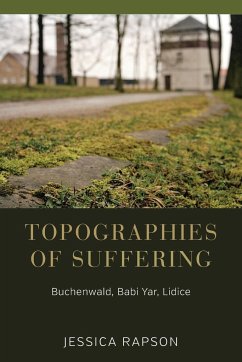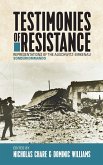Commentary on memorials to the Holocaust has been plagued with a sense of "monument fatigue", a feeling that landscape settings and national spaces provide little opportunity for meaningful engagement between present visitors and past victims. This book examines the Holocaust via three sites of murder by the Nazis: the former concentration camp at Buchenwald, Germany; the mass grave at Babi Yar, Ukraine; and the razed village of Lidice, Czech Republic. Bringing together recent scholarship from cultural memory and cultural geography, the author focuses on the way these violent histories are remembered, allowing these sites to emerge as dynamic transcultural landscapes of encounter in which difficult pasts can be represented and comprehended in the present. This leads to an examination of the role of the environment, or, more particularly, the ways in which the natural environment, co-opted in the process of killing, becomes a medium for remembrance.
Hinweis: Dieser Artikel kann nur an eine deutsche Lieferadresse ausgeliefert werden.
Hinweis: Dieser Artikel kann nur an eine deutsche Lieferadresse ausgeliefert werden.








